Elm Tree Diseases: Tips On Treating Diseases Of Elm Trees
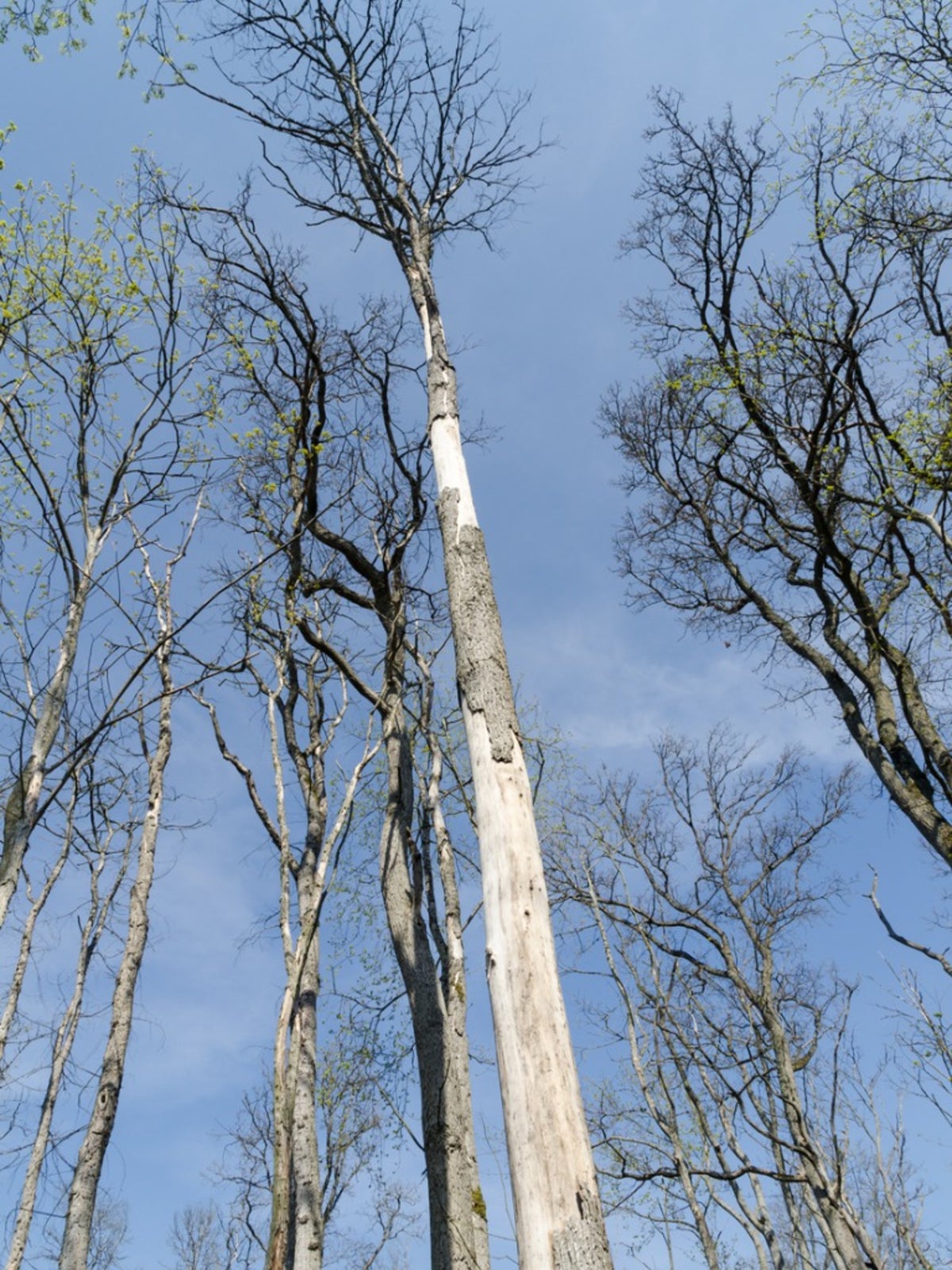

Stately elms once lined the streets of Midwestern and eastern towns. In the 1930's, Dutch elm disease nearly wiped out these lovely trees, but they are making a strong comeback, thanks in part to the development of resistant varieties. Elm tree diseases still play a major role in the life of the trees and complicate their care. Anyone with an elm in their landscape should know the symptoms of disease so they can address problems promptly.
Diseases on Elm Trees
There are several elm tree leaf diseases that cause spotting, discoloration, and defoliation. By the time the leaves fall from the tree, the spots have often grown together, and other discolorations have developed, making it hard to differentiate between the diseases without a lab test. Most elm tree diseases that attack the leaves are caused by fungi, but elm leaf scorch, caused by a bacterium, is a little different. With this disease, the bundles of veins in the leaves become clogged so that water can't move within the leaf. This causes the leaf to look scorched. There is no known treatment for elm tree leaf scorch. The most devastating elm tree diseases are Dutch elm disease and elm phloem necrosis. Dutch elm disease is caused by a fungus spread by elm bark beetles. The microscopic organism that causes elm phloem disease is spread by white-banded leafhoppers. The diseases look similar, with all of the leaves browning on affected branches, but you may be able to tell the difference by the location of the damage. Dutch elm disease usually starts on lower branches, and may appear random, affecting only part of the tree and leaving another part unscathed. Elm phloem necrosis affects the entire crown at once. Agricultural extension services in most areas ask that you report incidences of these diseases.
Treating Diseases of Elm Trees
Once elm tree leaf diseases take hold, there is no effective treatment. Rake and burn leaves to help prevent the spread of the diseases. If you have problems with leaf diseases, try using an anti-fungal spray early in the season the following year. This may help prevent disease. Powdery mildew is another leaf disease that sometimes effect elms, but it occurs so late in the season that treatment is unnecessary. There is no cure for Dutch elm or elm phloem disease. Trees infected with Dutch elm disease sometimes respond to pruning. This is a treatment that extends the life of the tree for several years if caught early and done properly, but it is not a cure. It's best to hire a certified arborist for the job. Trees with elm phloem necrosis should be taken down as soon as possible. Since there is no easy cure, it is important to learn how to protect elm trees from disease. Here are some tips:
- Watch for the insects that cause elm tree diseases and start a control program as soon as you see them.
- Rake and destroy elm tree leaves promptly.
- Use an antifungal spray if you had problems with elm leaves the previous year.
Gardening tips, videos, info and more delivered right to your inbox!
Sign up for the Gardening Know How newsletter today and receive a free copy of our e-book "How to Grow Delicious Tomatoes".

Jackie Carroll has written over 500 articles for Gardening Know How on a wide range of topics.
-
 12 Lush Alternatives To A Lawn For Sustainable Spaces
12 Lush Alternatives To A Lawn For Sustainable SpacesAlternatives to a lawn are beautiful and also beneficial to your local ecosystem and its pollinators. Explore our top picks for plants to replace grass.
By Tonya Barnett
-
 Types Of Tomatoes Explained: Explore The Many Wonderful Shapes, Colors, Flavors, & Best Uses
Types Of Tomatoes Explained: Explore The Many Wonderful Shapes, Colors, Flavors, & Best UsesThe world of tomato varieties is vast and fascinating. Learn about the key types to grow in your garden, tailored to your preferences and space.
By Amy Grant
-
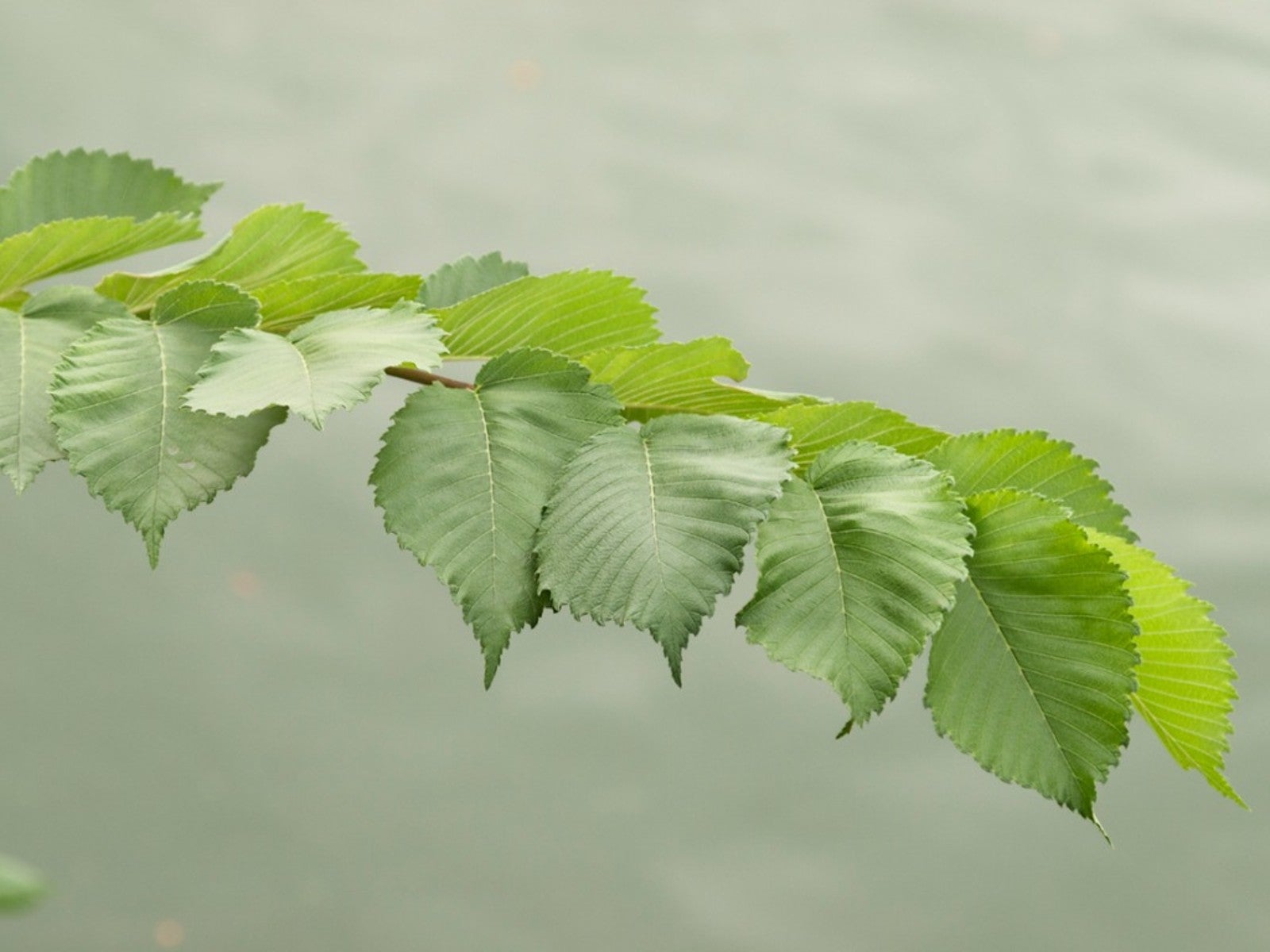 What Is An American Elm Tree - American Elm Facts
What Is An American Elm Tree - American Elm FactsThe beautiful American elm tree is probably not the best choice for your landscape. This lovely deciduous tree is sadly vulnerable to Dutch elm disease, and is not recommended by experts.
By Teo Spengler
-
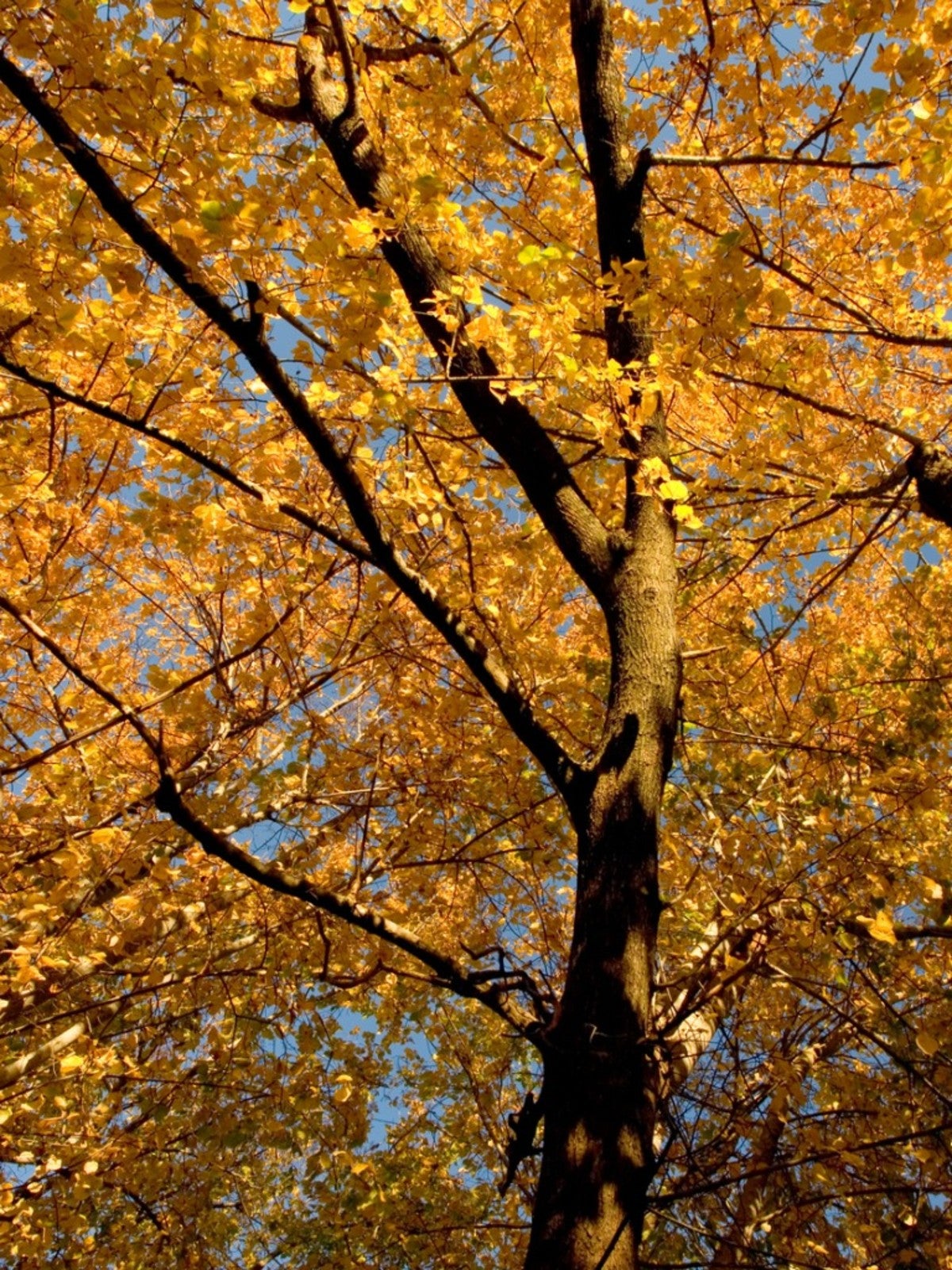 Rock Elm Tree Identification – What Does A Rock Elm Tree Look Like
Rock Elm Tree Identification – What Does A Rock Elm Tree Look LikeThe rock elm is one of the six elm trees native to the United States. Click here to learn more about the rock elm tree.
By Laura Miller
-
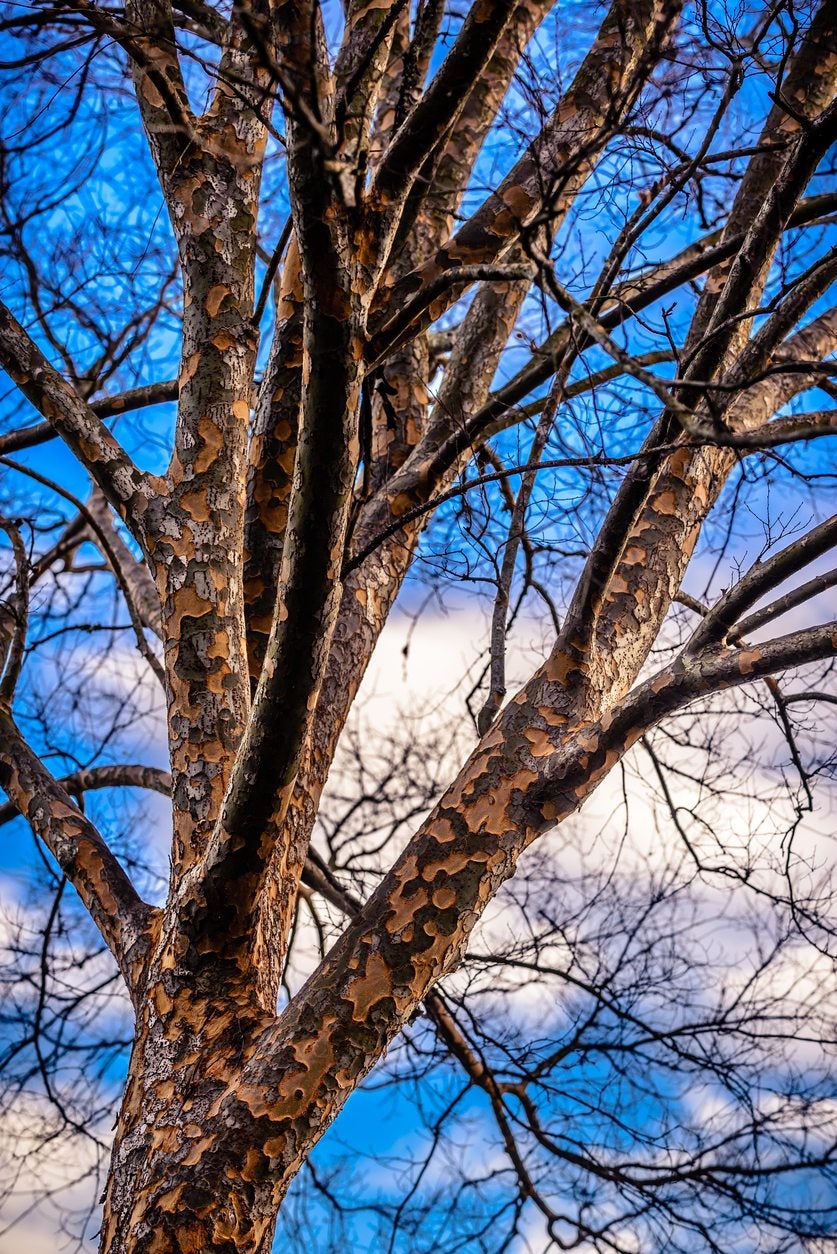 Lacebark Elm Information – Care Of Chinese Lacebark Elm In Gardens
Lacebark Elm Information – Care Of Chinese Lacebark Elm In GardensAlthough lacebark elm is native to Asia, it was introduced to the United States in 1794. Since that time, it has become a popular landscape tree, suitable for growing in USDA hardiness zones 5 through 9. Find more lacebark elm information here.
By Mary H. Dyer
-
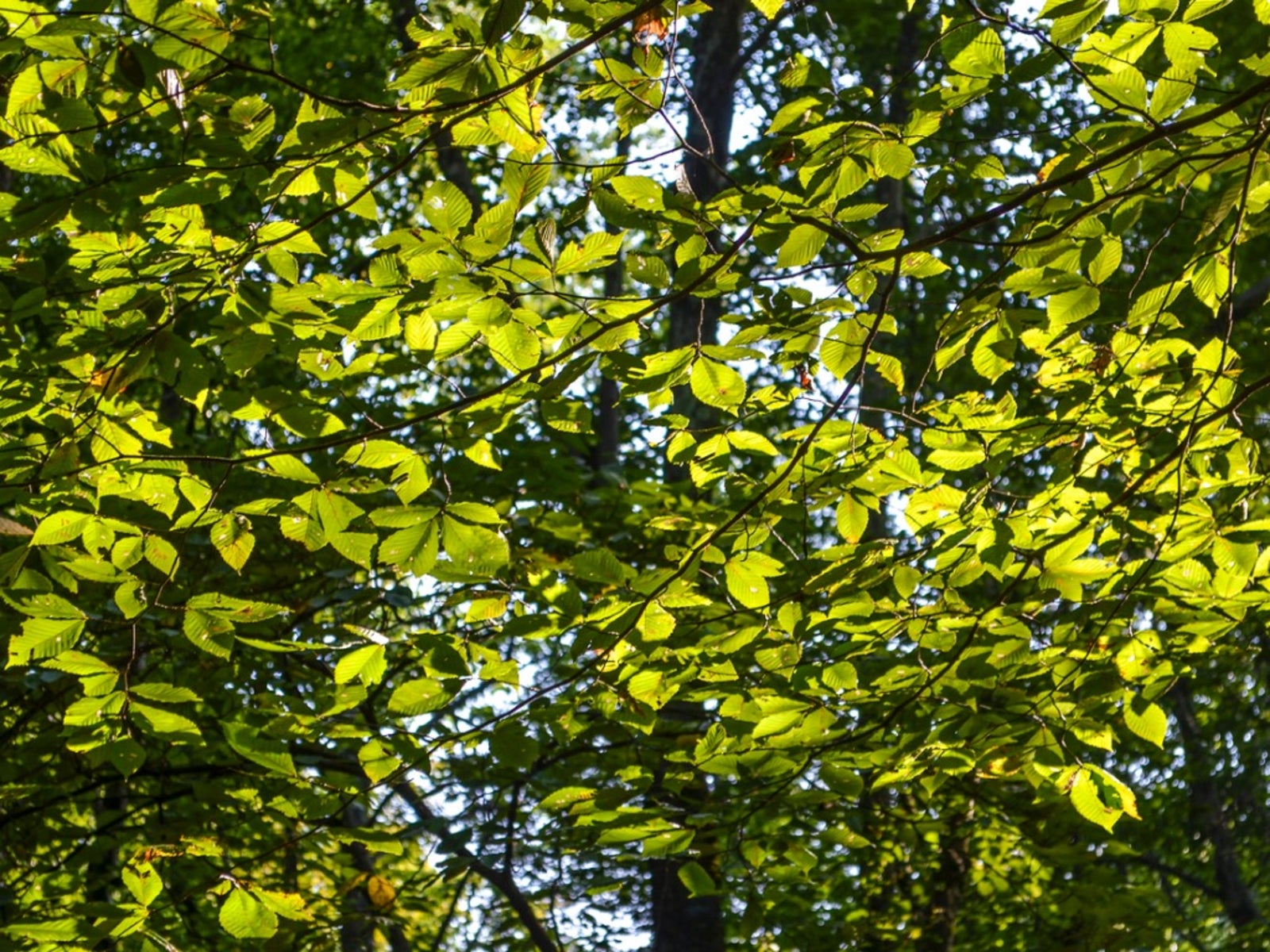 Slippery Elm Information: Tips On Using And Growing Slippery Elm Trees
Slippery Elm Information: Tips On Using And Growing Slippery Elm TreesSlippery elm bark contains a substance that becomes slick and slippery when mixed with water, hence the name. The tree has been used in herbal medicine in this country for centuries. For more information about slippery elm herb uses, click this article.
By Teo Spengler
-
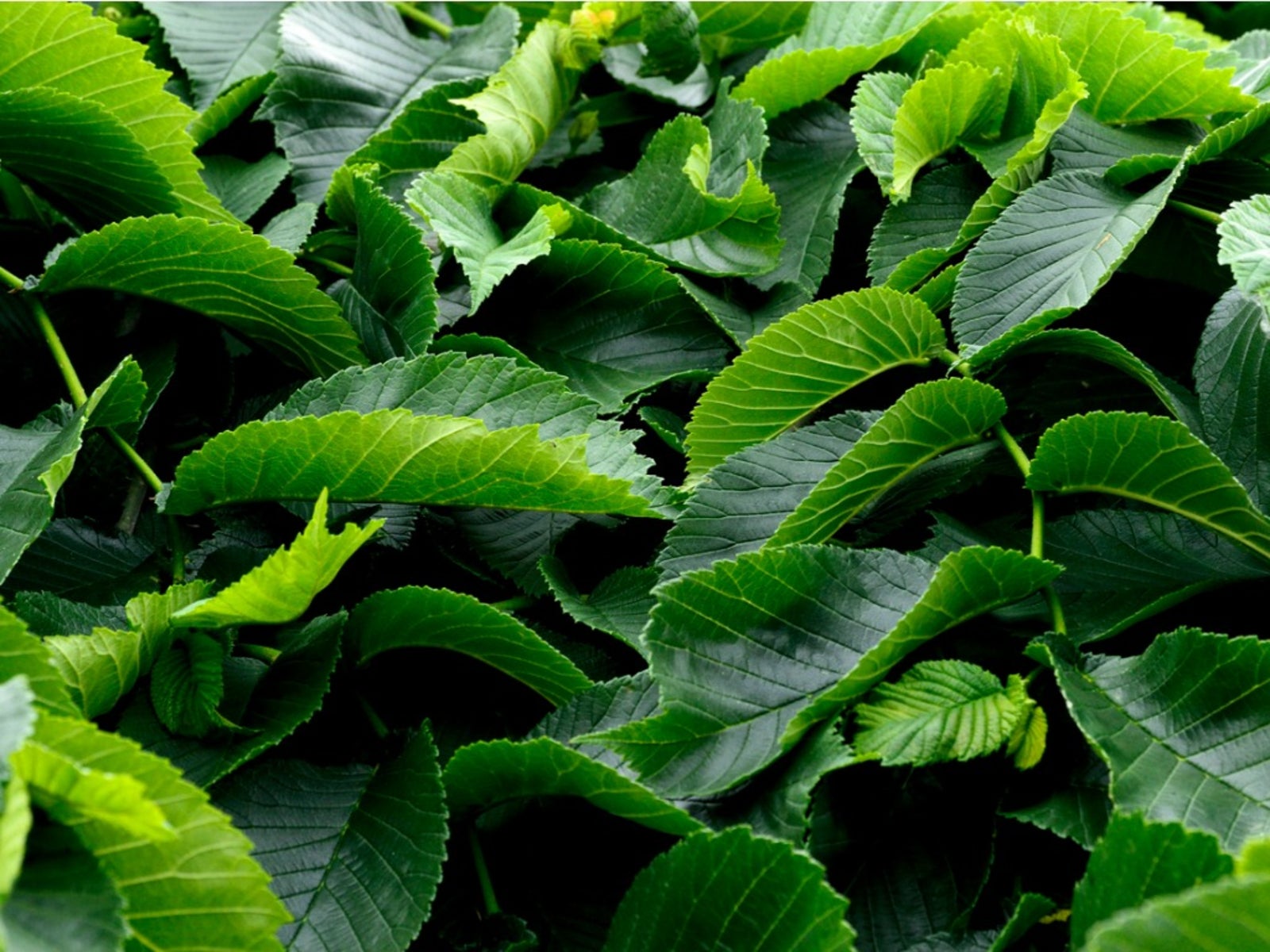 What Is A Camperdown Elm Tree: Camperdown Elm History And Information
What Is A Camperdown Elm Tree: Camperdown Elm History And InformationIf you are familiar with Camperdown elm, you are surely a fan of this lovely tree. If not, you may ask: "What is a Camperdown elm tree?". In either case, click this article for more information, including Camperdown elm history.
By Teo Spengler
-
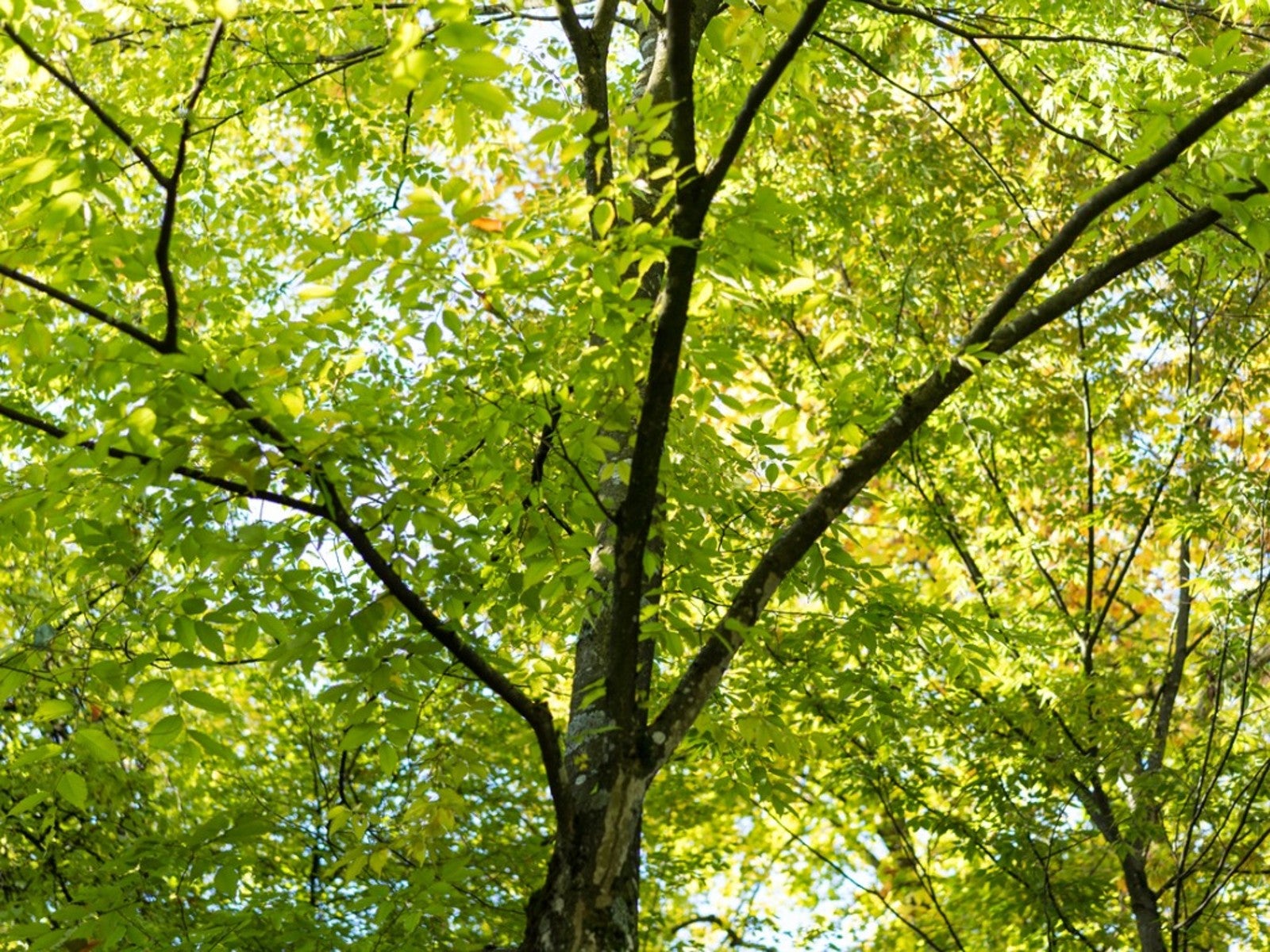 Japanese Elm Tree Care: How To Grow A Japanese Elm Tree
Japanese Elm Tree Care: How To Grow A Japanese Elm TreeBecause of Dutch Elm disease, many people opt for Japanese elm trees instead, which are hardier and equally attractive. This article provides Japanese elm tree facts, including information about how to grow a Japanese elm tree.
By Teo Spengler
-
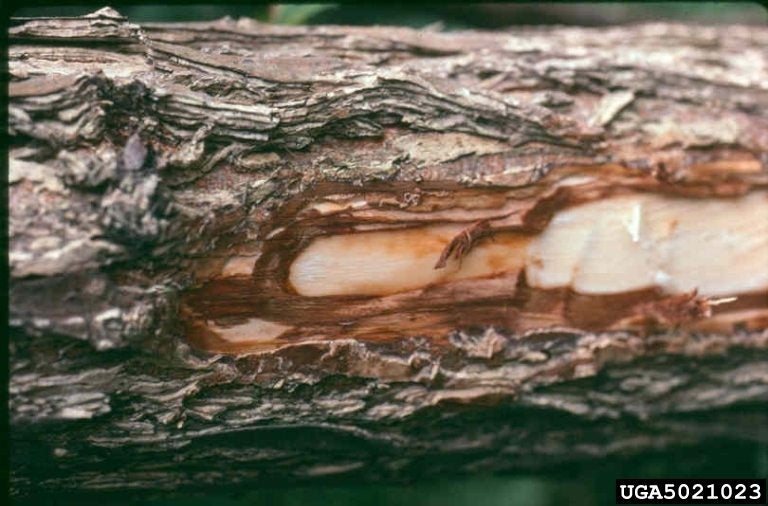 Elm Phloem Necrosis – Methods Of Elm Yellows Treatment
Elm Phloem Necrosis – Methods Of Elm Yellows TreatmentElm yellows is a disease that attacks and kills native elms. The disease is systemic and lethal. Learn about the symptoms of elm yellow disease and whether there is any effective elm yellows treatment in this article. Click here for more info.
By Teo Spengler
-
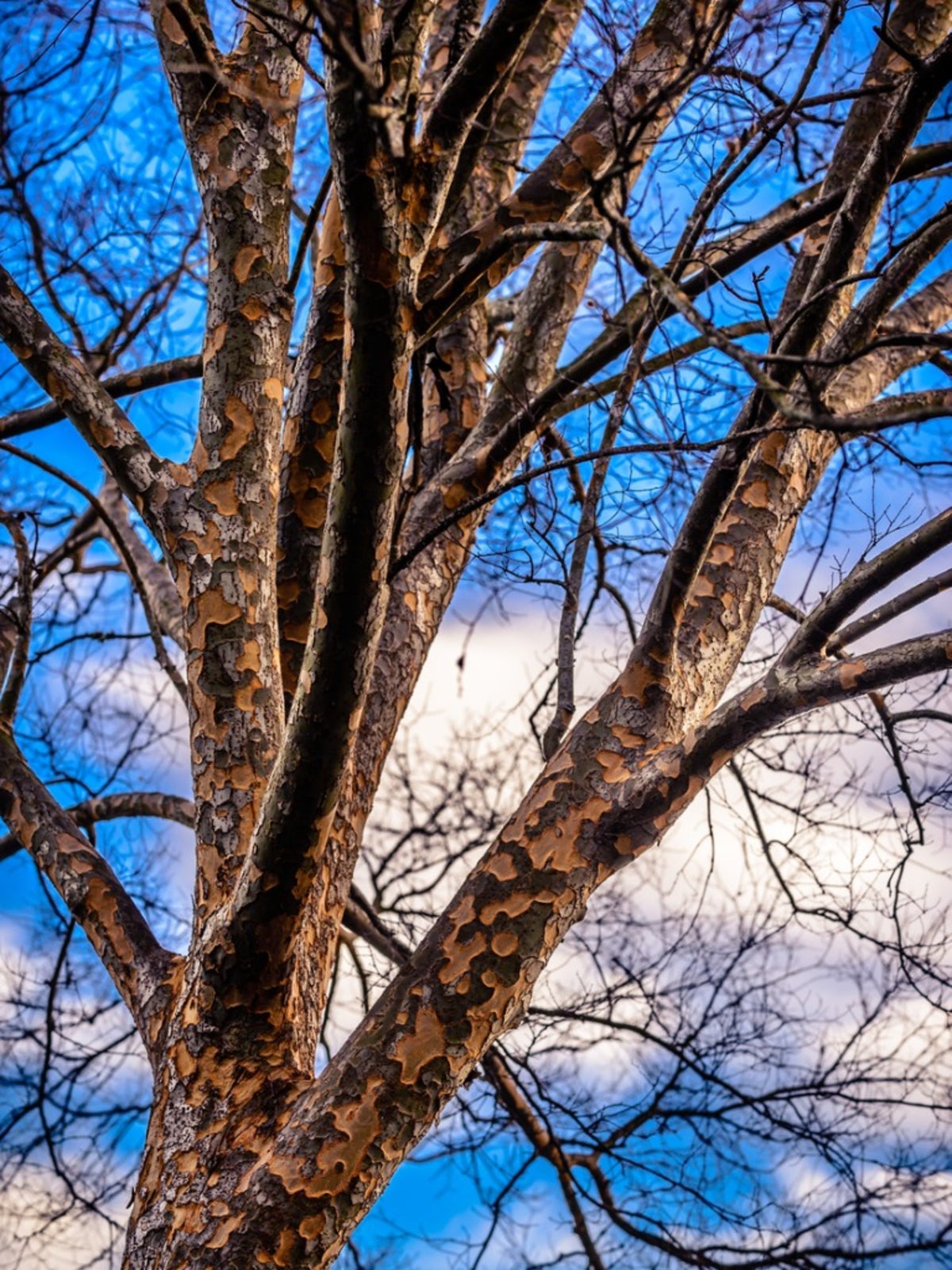 Drake Elm Tree Growing: Tips On Caring For Drake Elm Trees
Drake Elm Tree Growing: Tips On Caring For Drake Elm TreesThe drake elm (also called Chinese elm or lacebark elm) is a quick-growing elm tree that naturally develops a dense, rounded, umbrella-shaped canopy. For more drake elm tree information and details on caring for drake elm trees, click this article.
By Teo Spengler